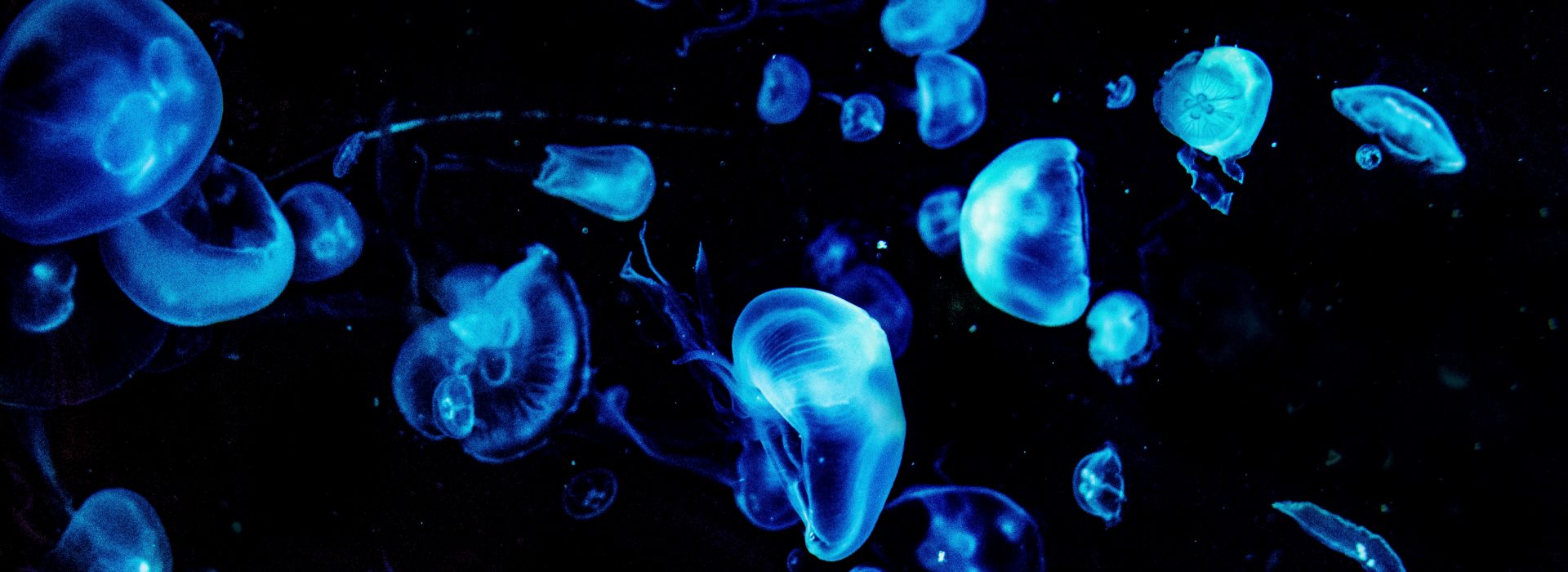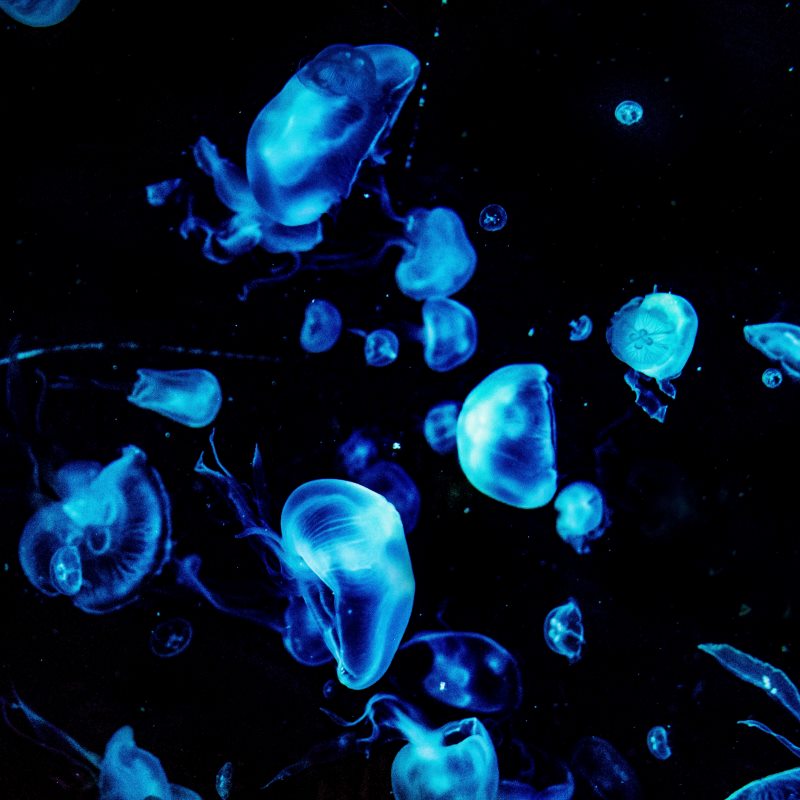

Deep sea mining threatens the largest habitat on the planet
The deep sea is the largest continuous ecosystem on our planet – it comprises more than two-thirds of the entire biosphere. Our knowledge of the deep sea, however, is infinitesimal: only a fraction has been explored. But in order to learn about the fascinating creatures that live in the deep sea, we first have to protect it. Corporations want to plow up the seabed in search of raw materials, thus destroying this unique habitat. They receive questionable support from a supposedly independent authority.
How does deep sea mining work?
Deep sea mining is the extraction of mineral resources from the seabed at a depth of 200 meters or more for commercial purposes. This relatively new field of industrial use of the oceans stems from the growing global demand for raw materials. Ore deposits in the deep sea include three different types: manganese nodules, cobalt crusts and massive sulfides. These minerals contain raw materials such as copper, nickel, cobalt or zinc, which are mainly required for the production of electronic devices such as computers or smartphones and for use in the field of e-mobility.
The deposits in focus are located at sea depths of around 2,000 to 6,000 meters. The technical requirements for deep sea mining are therefore extremely high: Specially manufactured machines plow up the seabed in order to harvest the exposed nodules with remote-controlled collectors and transport them to ships on the sea surface for further processing and transport. Added to this are ambient darkness, high water pressure and very low temperatures. The technology required to withstand these conditions makes deep sea mining an expensive industry.
Serious damage caused by deep sea mining activities
The bare description of the processes involved in deep sea mining makes it clear that such activities cause lasting damage to the ocean floor and the organisms that live in and on it. As early as 1989, scientists simulated the mining of manganese nodules in the Pacific. 26 years after the experiment, plow marks were visible unchanged and microbacterial activity was reduced fourfold. Sponges and corals that attach to the nodules had also not returned. Numerous fish species dive to great depths and feed on the creatures there. If these disappear due to human intervention, the consequences on marine food webs – and therefore on the fish stocks we humans fish for – are likely to be catastrophic. These consequences last for a very long time, because it takes millions of years for new nodules to form at the bottom of the ocean.
Inadequate regulation of the deep sea
The United Nations Convention on the Law of the Sea established the International Seabed Authority (ISA) in 1994 to regulate and control the mining of mineral resources on the seabed so that the marine ecosystem is protected from damage. Since its inception, the supposedly independent authority has approved dozens of license applications for mineral exploration in the Atlantic, Pacific and Indian Oceans. Exploration areas already cover 1.3 million square kilometers. Whether the decision to award these permits was made free of vested interests may be questioned: For example, the Secretary General of the ISA, Michael Lodge, appeared in a PR video by The Metals Company (formerly DeepGreen) in 2018. The Metals Company is one of the companies whose license applications were approved by the ISA.
We need to save the oceans from deep sea mining
Sustained destruction of the ocean floor can have far-reaching consequences for the complex interrelationships of life in the sea. Such damage must be prevented. To achieve this goal, KYMA sea conservation & research is engaged with over 100 other organizations in the internationally networked Deep Sea Conservation Coalition. The coalition calls for a global moratorium on all exploration and mining activities until the risks have been fully identified. In addition, it must be clearly demonstrated that deep sea mining can be conducted in a way that ensures effective protection of the marine environment and prevents the loss of biodiversity.

Protecting the deep sea together
The fascinating life in the deep sea needs our protection. We are doing all we can to call for a moratorium on deep sea mining. With your valuable donation you help us to achieve this.
Protecting the deep sea together

The fascinating life in the deep sea needs our protection. We are doing all we can to call for a moratorium on deep sea mining. With your valuable donation you help us to achieve this.
Worth knowing: Marine mineral resources
Manganese nodules
The nodules have a diameter of 1 to 15 centimeters and lie loose on the seabed. They grow between 2 and 100 millimeters per million years and occur at depths of 4,000 to 6,000 meters. They are formed by the precipitation of manganese and iron oxides as well as minor and trace metals from seawater. The largest deposits are found in the so-called Clarion-Clipperton fracture zone in the North Pacific between Mexico and Hawaii.
Cobalt crusts
The crusts, 3 to 6 centimeters thick, are found on the slopes of submarine volcanoes, where iron and manganese oxides are deposited. They grow at 1 to 5 millimeters per million years. About two-thirds of the deposits are in the Pacific Ocean, and about 23% in the Atlantic Ocean.
Massive sulfids
Massive sulfides refer to precipitates of hot, hydrothermal solutions that mix with cold seawater. This occurs at plate margins, where an oceanic plate dips below another tectonic plate. This includes, in particular, the mid-ocean ridge in the Atlantic Ocean. The deposits, several hundred meters in diameter and several meters thick, form on and in the seafloor.
Worth knowing: Marine mineral resources
Manganese nodules
The nodules have a diameter of 1 to 15 centimeters and lie loose on the seabed. They grow between 2 and 100 millimeters per million years and occur at depths of 4,000 to 6,000 meters. They are formed by the precipitation of manganese and iron oxides as well as minor and trace metals from seawater. The largest deposits are found in the so-called Clarion-Clipperton fracture zone in the North Pacific between Mexico and Hawaii.
Cobalt crusts
The crusts, 3 to 6 centimeters thick, are found on the slopes of submarine volcanoes, where iron and manganese oxides are deposited. They grow at 1 to 5 millimeters per million years. About two-thirds of the deposits are in the Pacific Ocean, and about 23% in the Atlantic Ocean.
Massive sulfids
Massive sulfides refer to precipitates of hot, hydrothermal solutions that mix with cold seawater. This occurs at plate margins, where an oceanic plate dips below another tectonic plate. This includes, in particular, the mid-ocean ridge in the Atlantic Ocean. The deposits, several hundred meters in diameter and several meters thick, form on and in the seafloor.
